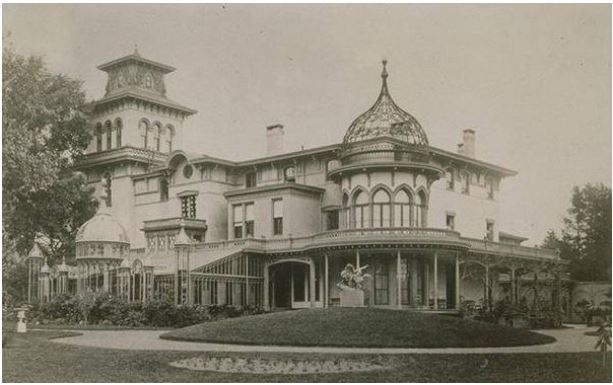One of the threads I am weaving into my book is a broader view of women in Hartford, outside the realm of the capital city’s elite. What role did art play in their lives? Elizabeth Colt smashed through the glass ceiling in her engagement with artists and designers, collection of artworks and the commissioning of memorials throughout most of her life. Her wealth attained her the opportunity to fund her legacy to include funds to build an extension at the Wadsworth Atheneum and the Church of the Good Shepherd and Parish House, a welcoming sacred space for the community. For the average or “common woman,” what awareness did she have about art? What role did it play in her life? The visual arts definitively shaped my life living in the 21st century. I seek to understand to what levels “common women” outside the domestic sphere, was she was able to create or enjoy in the contemplation of a work of art. What resources were available to her?

Folklorist Michael Own Jones said, “much of what has been called art, especially what has been labeled folk and primitive art is useful in some way, which means that the object produced is as much an instrument to achieve some practical result as it is an end in itself. The output of production serves not only what some people refer to as aesthetic ends but also practical purposes.” His writings enlighten me to think about the differentiation between “folk” art, like quilts and samplers and “high art,” a hierarchy of paintings and sculptures by the masters, mostly men in this Victorian age. Elizabeth Colt in creating an impressive private picture gallery in her home, exhibiting paintings and sculptures she commissioned and purchased falls outside that triptych of human necessities–food, clothing, and shelter. What opportunities did “common women” have in their daily lives to contemplate and reflect on artworks without the guise of utilitarianism? I think book ending Hartford’s common women to the art patron Elizabeth Colt will reveal that opportunities to look and experience works of art was impacted by more than the confines of a woman’s role, but to class.
